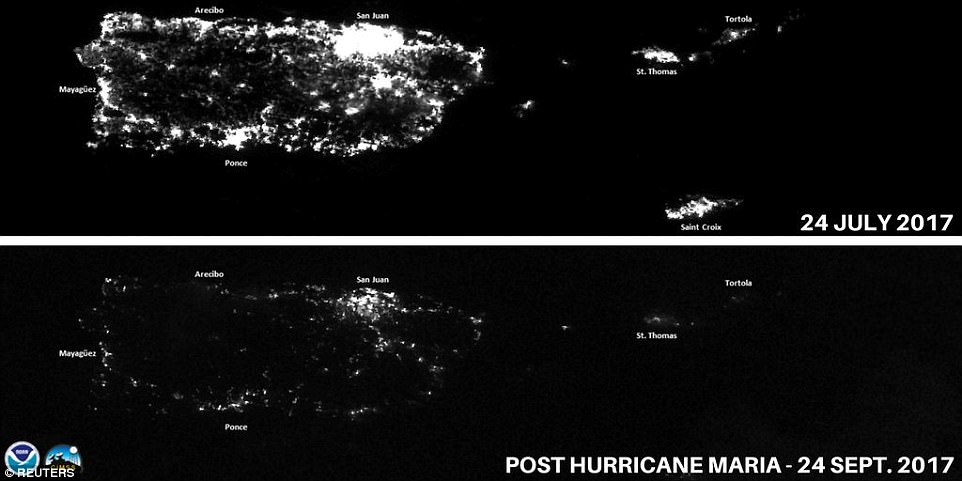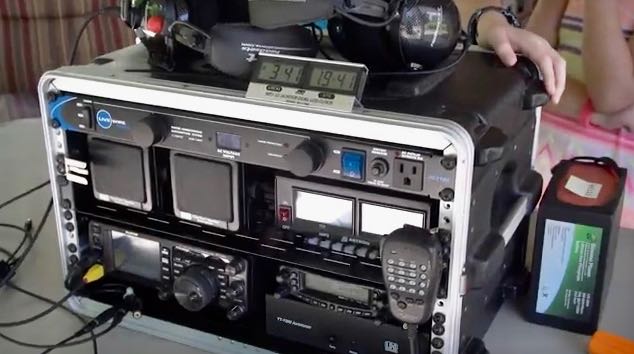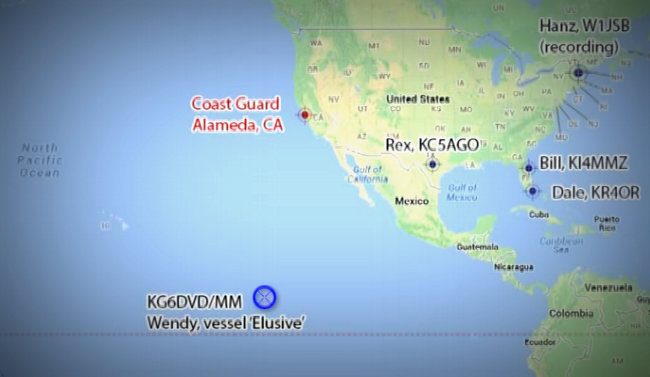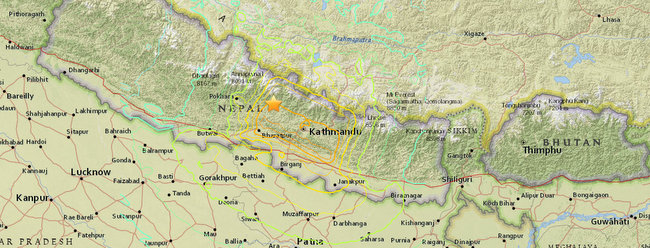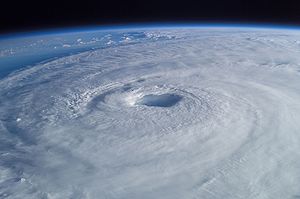(Source: CNN)
(CNN)The phone call from the Red Cross came in late Friday night, just as the full scale of Hurricane Maria’s calamity began taking shape.
“We need 50 of your best radio operators to go down to Puerto Rico.”
In the days after the worst storm in three generations hit the American island — and for many more to come — public electrical, land-line and cellular communication systems showed few signs of life. And radio networks used routinely by police officers, power company workers and other first responder still were down.Yet, a key mode of communication — one not reliant on infrastructure vulnerable to strong winds and flooding — still crackled: the “ham” radio.
Answering the phone that night in Connecticut was the emergency manager for the American Radio Relay League, the group’s CEO said. For more than a century, this group has served as a hub for amateurs licensed to operate the dependable, if archaic, medium known as ham radio and eager to pitch in when disaster strikes.
When the Red Cross made its latest appeal for heroes, these were the people it had in mind.

